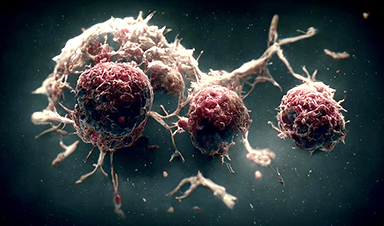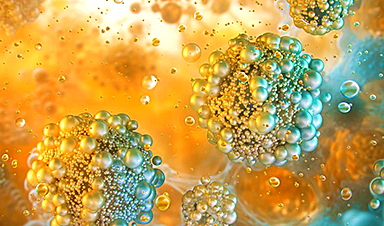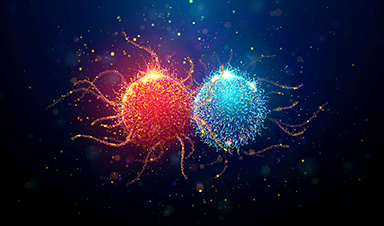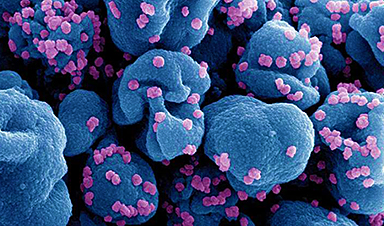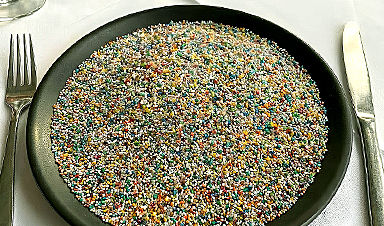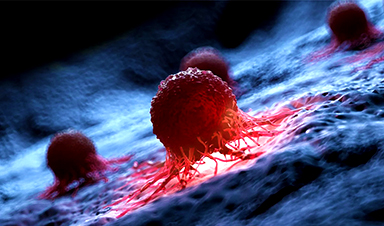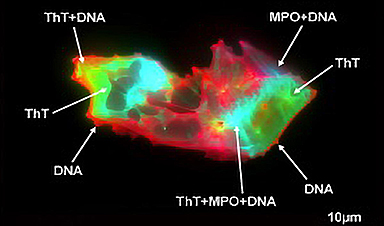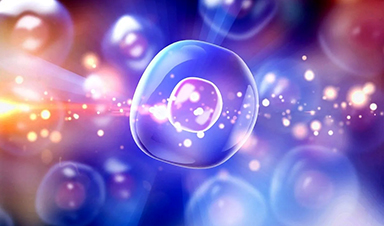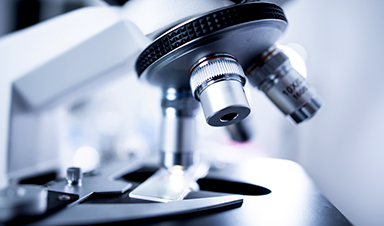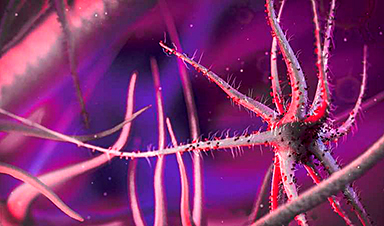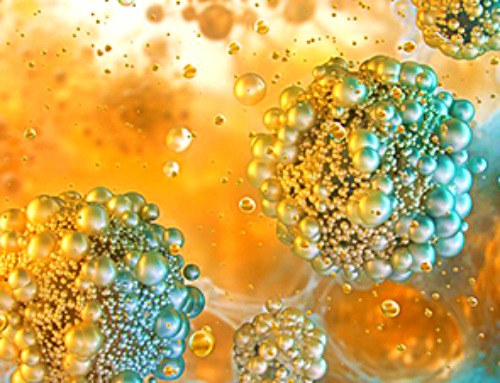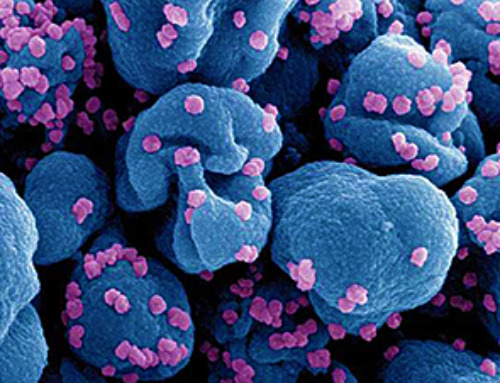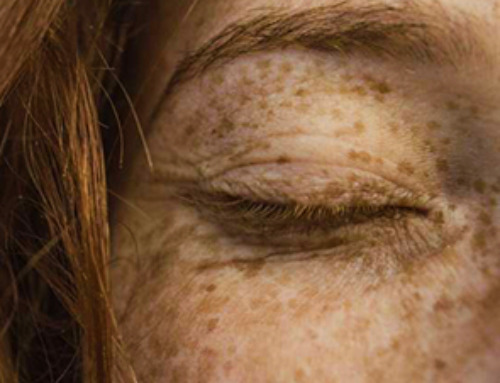University of Pittsburgh School of Medicine scientists are one step closer to developing a brain-computer interface, or BCI, that allows people with tetraplegia to restore their lost sense of touch.
While exploring a digitally represented object through their artificially created sense of touch, users described the warm fur of a purring cat, the smooth rigid surface of a door key and the cool roundness of an apple. This research, a collaboration between Pitt and the University of Chicago, is published in Nature Communications.
In contrast to earlier experiments where artificial touch often felt like indistinct buzzing or tingling and didn’t vary from object to object, scientists gave BCI users control over the details of the electrical stimulation that creates tactile sensations, rather than making those decisions themselves. This key innovation allowed participants to recreate a sense of touch that felt intuitive to them.
“Touch is an important part of nonverbal social communication; it is a sensation that is personal and that carries a lot of meaning,” said lead author Ceci Verbaarschot, Ph.D., assistant professor of neurological surgery and biomedical engineering at the University of Texas-Southwestern and a former postdoctoral fellow at Pitt Rehab Neural Engineering Labs.
“Designing their own sensations allows BCI users to make interactions with objects feel more realistic and meaningful, which gets us closer to creating a neuroprosthetic that feels pleasant and intuitive to use.”
A brain-computer interface is a system that converts brain activity into signals that could replace, restore or improve body functions that are typically controlled by the brain, such as muscle movement. A BCI can also be used to repair damaged feedback from the body and restore lost sensations by directly stimulating the brain.
Over the last decade of research, Pitt scientists helped a paralyzed man to experience the sensation of touch through a mind-controlled robotic arm and showed that this artificial sense of touch made moving the robotic arm more efficient.
Still, those tactile sensations were imperfect and stayed similar between objects that had different texture or temperature: shaking someone’s hand felt the same as lifting a solid, hard rock.
Now, researchers are closer to their goal of creating an intuitive sense of touch.
In the new study, BCI users were able to design distinct tactile experiences for different objects displayed on a computer screen, and could guess the object just by sensation alone, though imperfectly.
Searching for the perfect touch resembled a game of “hot and cold” in a dark room of infinite tactile sensations. Scientists asked study participants, all of whom lost sensation in their hands because of a spinal cord injury, to find a combination of stimulation parameters that felt like petting a cat or touching an apple, key, towel or toast—while exploring an object presented to them digitally.
All three study participants described objects in rich and vivid terms that made logical sense but were also unique and subjective: to one participant, a cat felt warm and “tappy;” to another—smooth and silky.
When the image was taken away and participants had to rely on stimulation alone, they were able to correctly identify one of five objects 35% of the time: better than chance but far from perfect.
“We designed this study to shoot for the moon and made it into orbit,” said senior author of the study Robert Gaunt, Ph.D., associate professor of physical medicine and rehabilitation at Pitt.
“Participants had a really hard task of distinguishing between objects by tactile sensation alone and they were quite successful at it. Even when they made mistakes, those mistakes were predictable: it’s harder to tell apart a cat and a towel since both are soft, but they were less likely to confuse a cat for a key.”
The study represents an important step toward invoking accurate sensation of touch on a person’s paralyzed hand and creating an artificial limb that seamlessly integrates into a person’s unique sensory world.
More information: Conveying tactile object characteristics through customized intracortical microstimulation of the human somatosensory cortex, Nature Communications (2025). DOI: 10.1038/s41467-025-58616-6
News
Scientists Melt Cancer’s Hidden “Power Hubs” and Stop Tumor Growth
Researchers discovered that in a rare kidney cancer, RNA builds droplet-like hubs that act as growth control centers inside tumor cells. By engineering a molecular switch to dissolve these hubs, they were able to halt cancer [...]
Platelet-inspired nanoparticles could improve treatment of inflammatory diseases
Scientists have developed platelet-inspired nanoparticles that deliver anti-inflammatory drugs directly to brain-computer interface implants, doubling their effectiveness. Scientists have found a way to improve the performance of brain-computer interface (BCI) electrodes by delivering anti-inflammatory drugs directly [...]
After 150 years, a new chapter in cancer therapy is finally beginning
For decades, researchers have been looking for ways to destroy cancer cells in a targeted manner without further weakening the body. But for many patients whose immune system is severely impaired by chemotherapy or radiation, [...]
Older chemical libraries show promise for fighting resistant strains of COVID-19 virus
SARS‑CoV‑2, the virus that causes COVID-19, continues to mutate, with some newer strains becoming less responsive to current antiviral treatments like Paxlovid. Now, University of California San Diego scientists and an international team of [...]
Lower doses of immunotherapy for skin cancer give better results, study suggests
According to a new study, lower doses of approved immunotherapy for malignant melanoma can give better results against tumors, while reducing side effects. This is reported by researchers at Karolinska Institutet in the Journal of the National [...]
Researchers highlight five pathways through which microplastics can harm the brain
Microplastics could be fueling neurodegenerative diseases like Alzheimer's and Parkinson's, with a new study highlighting five ways microplastics can trigger inflammation and damage in the brain. More than 57 million people live with dementia, [...]
Tiny Metal Nanodots Obliterate Cancer Cells While Largely Sparing Healthy Tissue
Scientists have developed tiny metal-oxide particles that push cancer cells past their stress limits while sparing healthy tissue. An international team led by RMIT University has developed tiny particles called nanodots, crafted from a metallic compound, [...]
Gold Nanoclusters Could Supercharge Quantum Computers
Researchers found that gold “super atoms” can behave like the atoms in top-tier quantum systems—only far easier to scale. These tiny clusters can be customized at the molecular level, offering a powerful, tunable foundation [...]
A single shot of HPV vaccine may be enough to fight cervical cancer, study finds
WASHINGTON -- A single HPV vaccination appears just as effective as two doses at preventing the viral infection that causes cervical cancer, researchers reported Wednesday. HPV, or human papillomavirus, is very common and spread [...]
New technique overcomes technological barrier in 3D brain imaging
Scientists at the Swiss Light Source SLS have succeeded in mapping a piece of brain tissue in 3D at unprecedented resolution using X-rays, non-destructively. The breakthrough overcomes a long-standing technological barrier that had limited [...]
Scientists Uncover Hidden Blood Pattern in Long COVID
Researchers found persistent microclot and NET structures in Long COVID blood that may explain long-lasting symptoms. Researchers examining Long COVID have identified a structural connection between circulating microclots and neutrophil extracellular traps (NETs). The [...]
This Cellular Trick Helps Cancer Spread, but Could Also Stop It
Groups of normal cbiells can sense far into their surroundings, helping explain cancer cell migration. Understanding this ability could lead to new ways to limit tumor spread. The tale of the princess and the [...]
New mRNA therapy targets drug-resistant pneumonia
Bacteria that multiply on surfaces are a major headache in health care when they gain a foothold on, for example, implants or in catheters. Researchers at Chalmers University of Technology in Sweden have found [...]
Current Heart Health Guidelines Are Failing To Catch a Deadly Genetic Killer
New research reveals that standard screening misses most people with a common inherited cholesterol disorder. A Mayo Clinic study reports that current genetic screening guidelines overlook most people who have familial hypercholesterolemia, an inherited disorder that [...]
Scientists Identify the Evolutionary “Purpose” of Consciousness
Summary: Researchers at Ruhr University Bochum explore why consciousness evolved and why different species developed it in distinct ways. By comparing humans with birds, they show that complex awareness may arise through different neural architectures yet [...]
Novel mRNA therapy curbs antibiotic-resistant infections in preclinical lung models
Researchers at the Icahn School of Medicine at Mount Sinai and collaborators have reported early success with a novel mRNA-based therapy designed to combat antibiotic-resistant bacteria. The findings, published in Nature Biotechnology, show that in [...]

